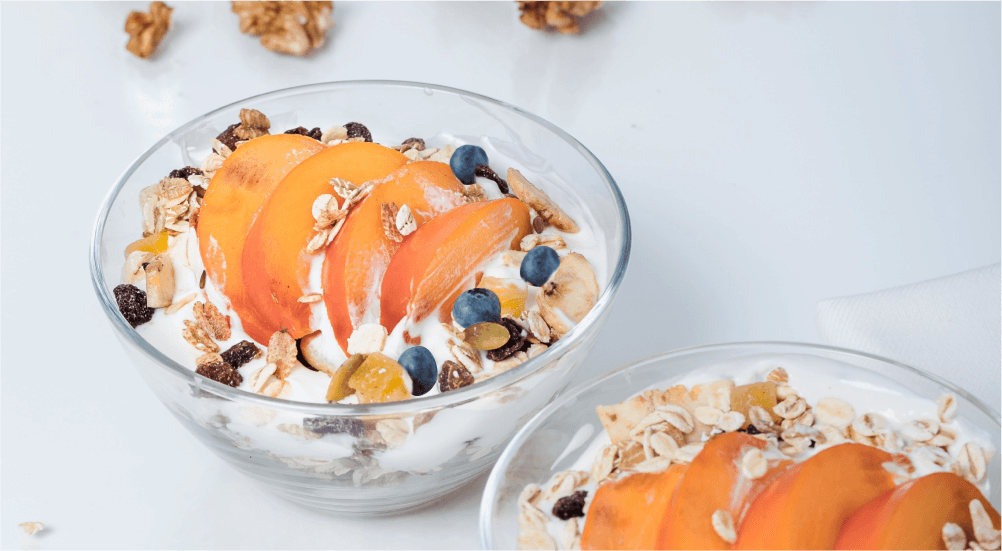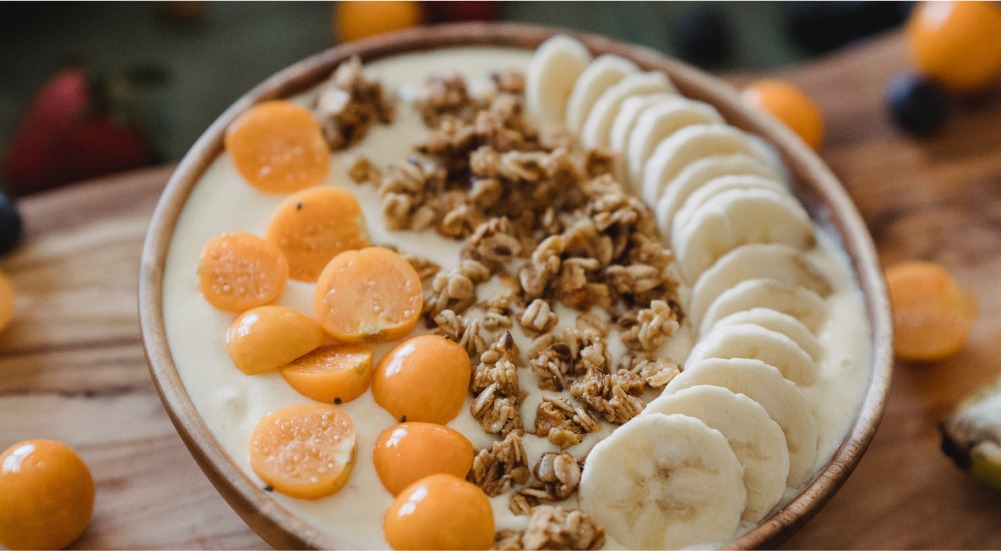Welcome, dear parents, to a journey that's as thrilling as it is challenging—the adventure of raising your little one.
As your baby crosses the 9-month mark, a significant milestone, you might find yourself navigating uncharted territories of parenthood. One of those territories, perhaps the most crucial yet often overlooked, is establishing a healthy sleep schedule for your baby.
You see, sleep is not just a time for rest—it is a cornerstone of your baby's growth and development. While your little one snoozes, their brain is hard at work, processing all the sensory inputs from the day, strengthening neural pathways, and laying the foundation for cognitive and physical development. That's why a solid sleep schedule is essential. It's not just about getting through the day; it's about setting your baby up for a lifetime of success.
However, crafting the perfect sleep schedule is an art—an art that balances the science of your baby's biological rhythms and the practicalities of your daily routine.
This guide will take you step by step through this process, focusing on three key elements: naps, wake windows, and bedtime routines. Plus, we'll delve into a few additional sleep strategies, including an all-natural solution that's perfect for adults struggling with their own sleep.
Naps: Timing and Duration - More Than Just a Short Slumber
At nine months, your baby typically needs two to three naps per day, each acting as a crucial recharge session for their developing brain. Aim for a morning nap about 2-3 hours after waking up—a sweet spot that coincides with the natural dip in your baby's alertness levels.
Then, schedule an afternoon nap about 3-4 hours after the first nap, aligning with another of your baby's biological low points. If your baby still needs a third nap, keep it in the late afternoon or early evening but ensure it doesn't interfere with bedtime.
Each nap should ideally last between 1-2 hours, a duration that allows your baby to cycle through different stages of sleep, each playing a vital role in their cognitive and physical development. And if your baby tends to nap for shorter durations, don't worry! Consistency is key, and a regular sleep schedule can help lengthen their naps over time.
Wake Windows: Finding the Sweet Spot

Wake windows—the time between when your baby wakes up and when they go down for a nap or bedtime—are another piece of the sleep puzzle. At nine months, the ideal wake window is typically 2.5-3.5 hours. This window strikes a balance between giving your baby enough stimulation and preventing over-tiredness, which can make it harder for them to fall asleep.
A good rule of thumb is to watch for your baby's sleep cues, such as yawning, eye rubbing, or fussiness. These cues are your baby's way of communicating that they're ready for sleep, making it easier for you to time their naps and bedtime accurately.
Bedtime Routine: Establishing Consistency
A consistent bedtime routine is a powerful tool that can signal to your baby it's time to wind down and prepare for sleep.
About 30 minutes before bedtime—ideally between 6:30-8:00 pm—start a series of soothing activities. These could include a warm bath, a calming massage, or a bedtime story—rituals that engage your baby's senses and promote relaxation.
Avoid screen time and stimulating activities close to bedtime. These can interfere with your baby's natural sleep-wake cycle and make it harder for them to fall asleep.
Other Sleep Solutions: When You Need a Little Extra Help
Despite our best efforts, sometimes both babies and adults need a little extra help to achieve that restful night's sleep. That's where additional sleep strategies come into play.
Consider incorporating tools like white noise, which can soothe your baby by mimicking the sounds they heard in the womb. Blackout curtains can also be beneficial, creating a dark environment that signals to your baby's brain it's time to sleep.
For very young infants, swaddling can be a comforting practice. It mimics the snugness of the womb and helps prevent their startle reflex from waking them up. Remember, however, that swaddling should be done safely, and it's often not necessary once your baby can roll over.
For adults struggling with sleep, you might find relief in Better Sleep, an all-natural liquid sleep spray by 2x4. Infused with clinically proven nutristack technology, Better Sleep promotes restful sleep, helping you fall asleep quickly and stay asleep throughout the night.
This means you can catch some much-needed rest while your baby naps, recharging your batteries to continue providing the love and care your little one needs.
Remember to consult with your healthcare practitioner before using Better Sleep for children and ideally wait until they're 4+ years old, as melatonin can be intense for young children.
Conclusion
Crafting the perfect sleep schedule for your 9-month-old might seem like a daunting task, but remember—consistency and patience are your best allies. Trial and error are part of the process, and what works for one baby might not work for another.






























